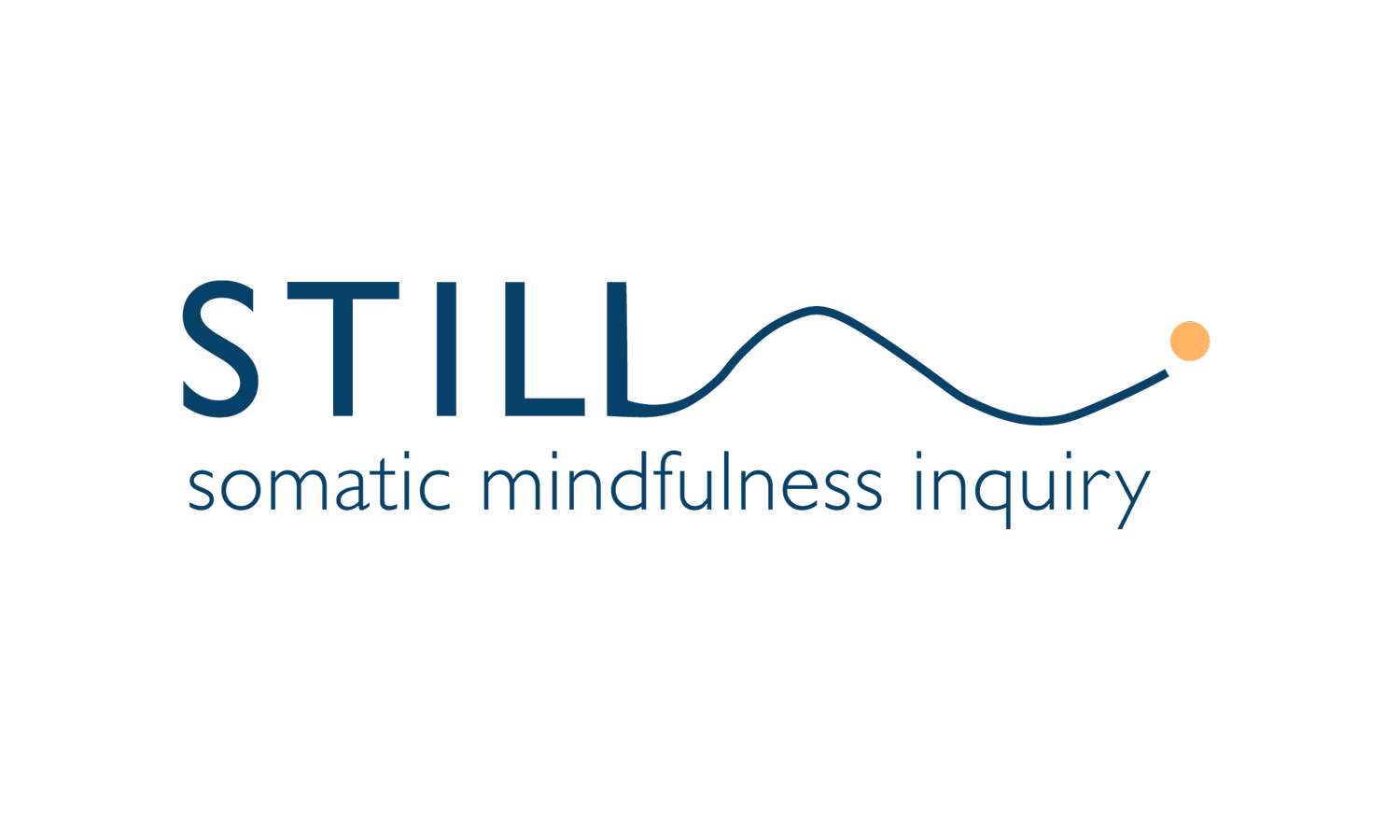I’m Outta Here!
Most of the threats we face are social, emotional and relational. These are sometimes backed up with the threat of or actual physical violence, or with social shaming or ostracizing.
When we’re faced with danger, our brain rapidly assesses the most likely outcome of survival. Flight is often our first strategy. We try to escape and get away from trouble if we can. If our opponent is bigger, stronger, or meaner, we might try fawning, appeasing or compliance. If we’re backed into a corner, we might try to fight our way out. If all else fails, we go into freeze and “play dead”.
One of the major mechanisms to protect ourselves is disconnection. We find some way to leave emotionally. We pay a high price for this. We long to connect with other people and to have a rich social network of friends and community. The problem is that we’re often hurt by others. Protecting ourselves leads to further isolation and cements the idea we’re not lovable.
We flee because we’re not sure we can afford to feel and see clearly.
I remember being anxious as a kid. I didn’t answer questions at school because I was afraid of getting in trouble. When my parents fought, I put on headphones and hid in my closet with my book and blanket. The only time I relaxed was when I was riding my bike as fast as I could go.
We need direct experiences that it is okay to be present in our lives and our feelings. This is what updates our previous conditioning that it is not safe to be here.
Escape or flight takes many forms. We may be addicted to food, alcohol and other drugs. Perhaps we get relief using shopping, gambling or overwork. Addiction is a common trauma response and is rampant in our society because it is so effective in helping us escape.
Some escape strategies are more socially approved, like a glass of wine or binge watching Netflix. We flee our own mind as we constantly listen to podcasts, the news or audiobooks. These can be useful as a way to relax and we all escape from time to time.
When we are driven by a need to suppress feelings or an urgency to not experience our body and our life, then these strategies have morphed from a source of enjoyment or a way to let off steam, to an escape from our life.
“To feel safe, we need an absence of threat plus a feeling of being connected.” Dr Stephen Porges
Connect with yourself with somatic mindfulness. Bring your attention to your whole body from head to toes then bring one or both hands up to cover your heart center. Notice the sensation of warmth in your hands. For a moment right now, is it okay to be connected with your heart center?
What are the sensations in your heart area? Feelings or emotions? With your hand on your heart, listen. In particular, notice if you have the urge to flee. There might be a restlessness in your arms and legs. Does it feel okay to breathe in deeply and breathe out slowly? Notice your feet and seat, and how your body is physically connected with the earth. Look around the room and notice cues of safety. Is it okay to stay? Your conscious mind says “of course!” What does your body say?
Practice noticing what activates your flight response.
Disconnection likely originated in childhood and becomes a habit of escape. It is worth noticing what we’re trying to get away from. Is it someone or something that feels dangerous? Is it a truth that we can’t afford to see clearly?
As we build resilience and strength, we have more capacity to stay. The more we practice staying present, the more we experience a felt sense of comfort with seeing clearly. To fully and authentically connect with others, we need to feel free to fully be ourselves.
“Boundaries are the distance at which I can love you and me simultaneously.” Prentis Hemphill
As an adult we can move away from situations without being in a flight response. There are two steps to this. First, we cultivate seeing clearly and work on releasing ourselves from past conditioning and fear. Only when we are grounded in compassionate connection with ourselves can we decide on next steps. This might including setting boundaries with some people. We might deliberately look for and foster connection with people with whom we feel free to be ourselves.
If you were completely free, what would you bring into your life and heart, and what would you release? Let yourself visualize what that would be like. What is your felt sense of being free?
With accurate neuroception, we are clear and able to identify actual threats. We don’t bring in decades of hurt to this present moment. We are able to regulate our nervous system and open our hearts.
We can experience the exhilaration of exciting new experiences. We can be ourselves. It is safe to stay.
Click here to join our Sunday free community class. February 26th we are inquiring into our flight survival response.

